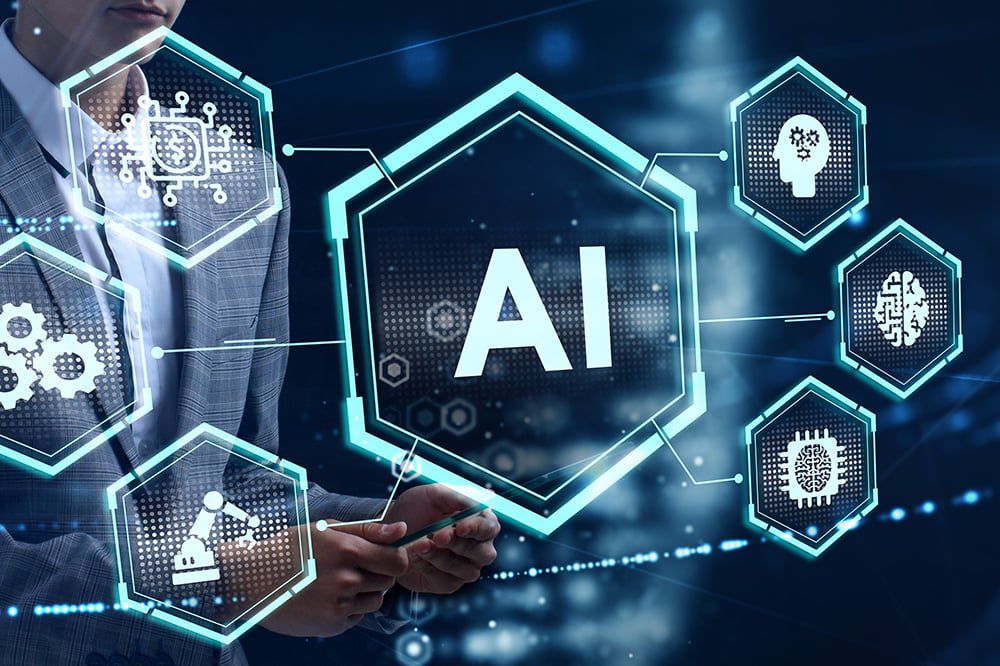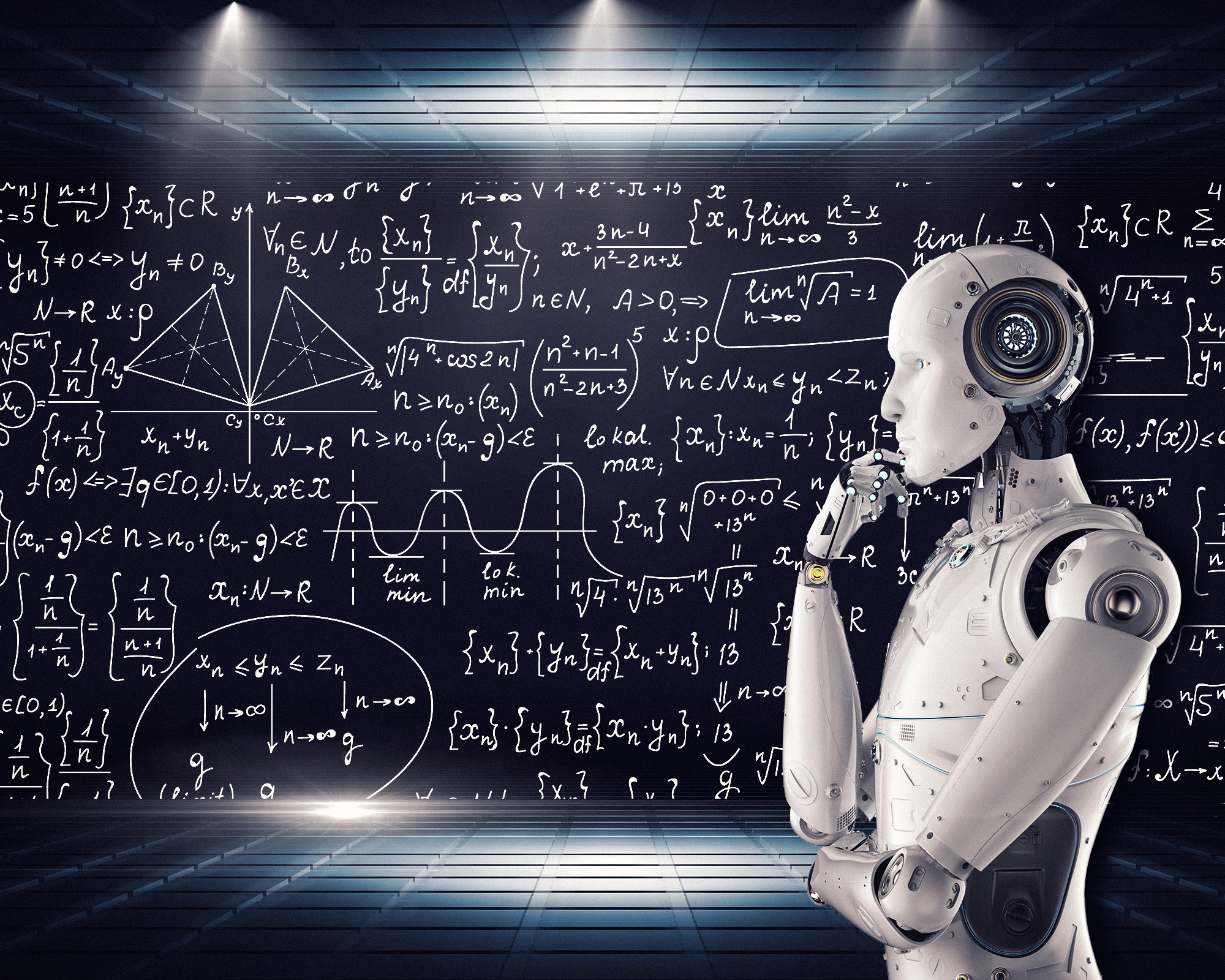AI-Artificial Intelligence
Artificial Intelligence (AI) has emerged as a transformative technology, revolutionizing various aspects of our lives. Over the past few decades, AI has evolved from a theoretical concept to a practical tool with far-reaching applications. In this article, we will delve into the evolution of AI, its fundamental principles, its diverse applications, and its potential impact on society.
Artificial Intelligence, AI
AI-Artificial Intelligence
The Evolution and Impact of Artificial Intelligence: A Comprehensive Overview
Introduction
Artificial Intelligence (AI) has emerged as a transformative technology, revolutionizing various aspects of our lives. Over the past few decades, AI has evolved from a theoretical concept to a practical tool with far-reaching applications. In this article, we will delve into the evolution of AI, its fundamental principles, its diverse applications, and its potential impact on society.
Evolution of Artificial Intelligence
The roots of AI can be traced back to ancient times when philosophers and inventors explored the concept of creating intelligent machines. However, the term "artificial intelligence" was coined much later in 1956 by John McCarthy, who organized the Dartmouth Conference, considered the birth of AI as a field.
The early years of AI were marked by symbolic AI, which focused on rule-based systems and logic. Researchers aimed to create computer programs that could mimic human intelligence by following predefined rules. However, this approach faced limitations in handling complex and uncertain real-world problems.
In the 1980s and 1990s, AI faced what is now known as the "AI winter," a period of reduced funding and interest due to unfulfilled promises and unrealistic expectations. During this time, researchers shifted their focus to different paradigms such as machine learning and neural networks, which paved the way for significant advancements in AI.
Machine Learning and Neural Networks
Machine learning is a subset of AI that involves developing algorithms that allow computers to learn and improve from data. The algorithms are designed to identify patterns, make predictions, and optimize their performance over time without being explicitly programmed. Neural networks, inspired by the human brain's structure, are a fundamental component of machine learning.
The advent of powerful computing hardware and the availability of vast amounts of data propelled machine learning forward. The application of machine learning to various domains, such as natural language processing, computer vision, and speech recognition, has led to groundbreaking advancements in AI.
Deep Learning and Big Data
Deep learning is a subfield of machine learning that utilizes neural networks with multiple layers, allowing for the extraction of intricate features from raw data. Deep learning models have shown exceptional performance in tasks like image and speech recognition, language translation, and playing complex games like Go and chess.
The rise of big data, characterized by massive volumes of structured and unstructured data, has been instrumental in training and improving deep learning models. The availability of more data enables better generalization and accuracy of AI systems.
Current State and Key AI Concepts
The current state of AI is marked by a fusion of various AI techniques, including machine learning, deep learning, natural language processing, computer vision, and reinforcement learning. Here are some key concepts and technologies shaping the present landscape of AI:
- Natural Language Processing (NLP): NLP focuses on enabling machines to understand and generate human language. Applications include chatbots, language translation, sentiment analysis, and text summarization.
- Computer Vision: Computer vision involves teaching machines to interpret and understand visual data, such as images and videos. This is crucial for applications like facial recognition, object detection, and autonomous vehicles.
- Reinforcement Learning: Reinforcement learning involves an AI system learning through trial and error to maximize a cumulative reward. It is essential in fields like robotics, game playing, and autonomous systems.
- Generative Adversarial Networks (GANs): GANs are a class of machine learning systems where two neural networks compete with each other, resulting in the creation of new data that is often indistinguishable from real data. This concept finds applications in image generation, style transfer, and more.
Applications of Artificial Intelligence
AI has found applications in various sectors, transforming industries and improving efficiency across the board. Here are some notable applications:
- Healthcare: AI is revolutionizing healthcare through medical imaging analysis, disease diagnosis, drug discovery, and personalized medicine. AI-driven diagnostics and predictive analytics are improving patient outcomes and reducing healthcare costs.
- Finance: In finance, AI is used for fraud detection, risk assessment, algorithmic trading, customer service, and financial planning. AI's ability to process large amounts of financial data in real time has made it an invaluable tool for financial institutions.
- Transportation: The transportation sector is leveraging AI for autonomous vehicles, traffic management, route optimization, and predictive maintenance. AI-powered solutions aim to enhance safety, reduce congestion, and improve overall transportation efficiency.
- E-commerce: AI is enhancing the customer experience in e-commerce through recommendation systems, personalized marketing, and customer service automation. It helps businesses understand customer preferences and tailor services accordingly.
- Manufacturing: AI is optimizing manufacturing processes by predicting equipment failures, streamlining supply chain management, and improving quality control. Predictive maintenance ensures minimal downtime and cost savings.
- Education: AI is transforming education with personalized learning experiences, adaptive learning platforms, and intelligent tutoring systems. It customizes educational content to match individual student needs and learning styles.
- Agriculture: AI is being used for precision farming, crop monitoring, and yield prediction. By analyzing data from sensors and drones, AI helps farmers make informed decisions to optimize crop yields and resource usage.
Impact and Future Outlook
The rapid advancement of AI has sparked discussions about its societal impact, ethical considerations, and the potential displacement of jobs by automation. While AI offers immense potential to improve various aspects of our lives, it is essential to address the associated ethical, privacy, and bias concerns.
Looking ahead, the future of AI holds promise in addressing pressing global challenges, such as climate change, healthcare access, and sustainable development. AI-driven solutions can contribute to environmental monitoring, disaster response, and advancing medical research.
Conclusion
Artificial Intelligence has come a long way since its inception, evolving into a powerful technology with a wide array of applications. From its early days of symbolic AI to the current era of machine learning, deep learning, and diverse applications, AI has continuously pushed the boundaries of what's possible. As AI continues to evolve and integrate into various facets of society, responsible development and deployment are crucial to ensure that it benefits humanity as a whole.
Writter: Anil Chaudhary

























